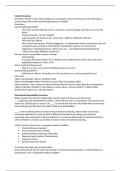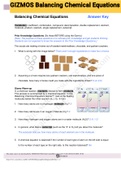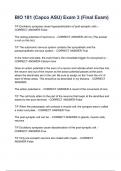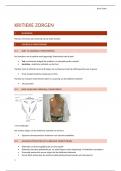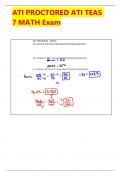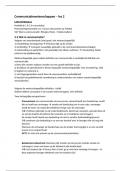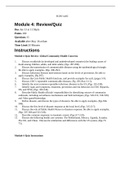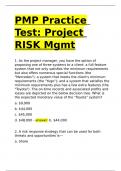Essay
Criminal Law application Structures
- Vak
- Instelling
Outlines on how to structure application questions for OCR criminal law. Murder, Diminshed Responsibility, Loss of control, Unlawful Act manslaughter, Gross negligence manslaughter, assault, battery, s.47, s.20, s.18, theft, robbery, burglary, self-defence, consent, intoxication, duress, automatism...
[Meer zien]
